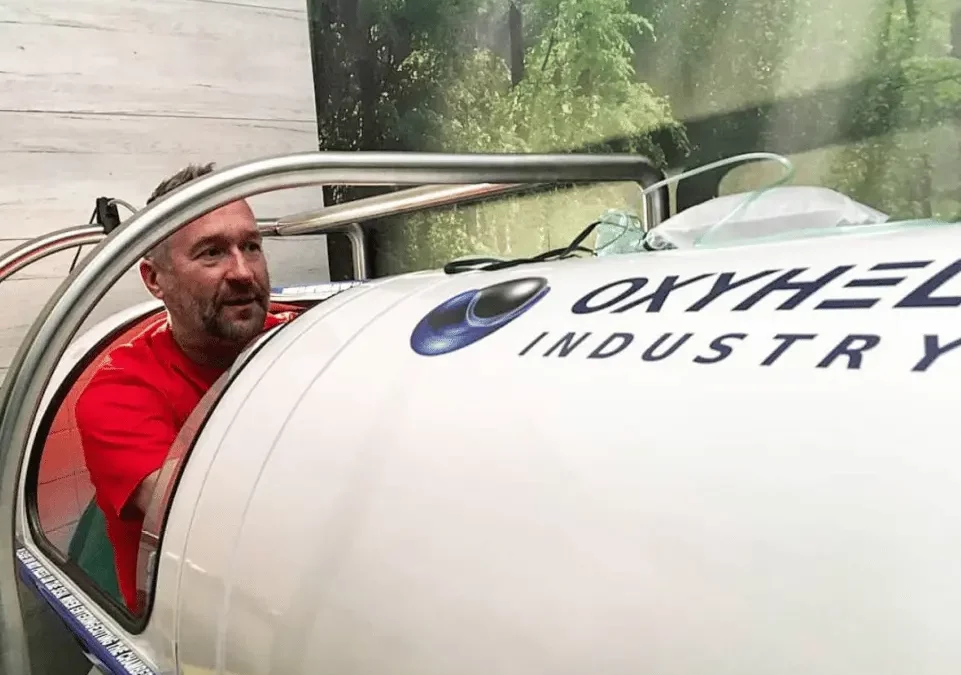Hyperbaric oxygen therapy (HBOT) is a medical treatment that involves exposing patients to increased atmospheric pressure while they breathe pure oxygen. This therapy is believed to enhance oxygen delivery to the body’s tissues, potentially accelerating healing processes. HBOT is commonly used for various medical conditions, including sports injuries, cerebral palsy, brain injuries, dermatological issues, and stroke recovery. However, the exact mechanisms by which HBOT affects healing are not entirely understood. Specifically, the relationship between oxygen saturation levels in the blood and HBOT treatment parameters has not been thoroughly explored in existing literature.
The objective of this research was to investigate how oxygen saturation levels change during mild HBOT treatments with different atmospheric pressure and supplemental oxygen conditions. We aimed to determine the treatment settings that result in the highest oxygen saturation levels, which could have implications for improving clinical outcomes in tissue healing.
Methods
This study involved ten participants, both male and female, who were recreationally active individuals. They underwent mild HBOT treatments in a Vitaeris320 OxyHealth chamber for a total of 63 minutes. The chamber settings were altered every 10 minutes, and oxygen saturation levels were recorded every minute while the participants were in the chamber. The treatments included variations in atmospheric pressure (1.3 ATA) and supplemental oxygen. Oxygen was delivered through a non-rebreather mask at specified intervals.
Results
The study found significant within-subject differences in oxygen saturation levels (P ≤ .001). The highest oxygen saturation levels were observed when the chamber was set at 1.3 atmospheres absolute (ATA) with supplemental oxygen. Interestingly, oxygen supplementation alone also increased saturation levels significantly. While atmospheric pressure alone led to increased saturation, the effect was not as pronounced as when supplemental oxygen was added. The order of treatments did not affect the results.
Discussion
The study’s hypothesis that oxygen saturation levels would approach 100% during mild HBOT at 1.3 ATA with oxygen supplementation was confirmed. However, it was also noted that oxygen supplementation alone could achieve similar results. While increasing atmospheric pressure had an impact on saturation levels, it was not as effective as when supplemental oxygen was introduced.
These findings have implications for athletes and individuals using hyperbaric chambers for various purposes. It raises questions about the benefits of using hyperbaric chambers without supplemental oxygen. Athletes, in particular, may need to consider the combination of mild HBOT with oxygen supplementation to maximize its potential benefits.
Clinical Implications
Mild HBOT at 1.3 ATA with oxygen supplementation appears to provide the highest oxygen saturation levels, which are crucial for tissue healing. Clinicians can use this information to select the appropriate chamber parameters that yield the greatest increase in oxygen saturation, potentially leading to improved clinical outcomes. However, it’s important to note that the study had limitations, and further research is needed to explore the long-term effects of different treatment durations and settings on tissue healing.
Source
Gonzalez, K. Assessment of oxygen saturation levels during a mild hyperbaric chamber treatment. Open Access Text. https://www.oatext.com/assessment-of-oxygen-saturation-levels-during-a-mild-hyperbaric-chamber-treatment.php

